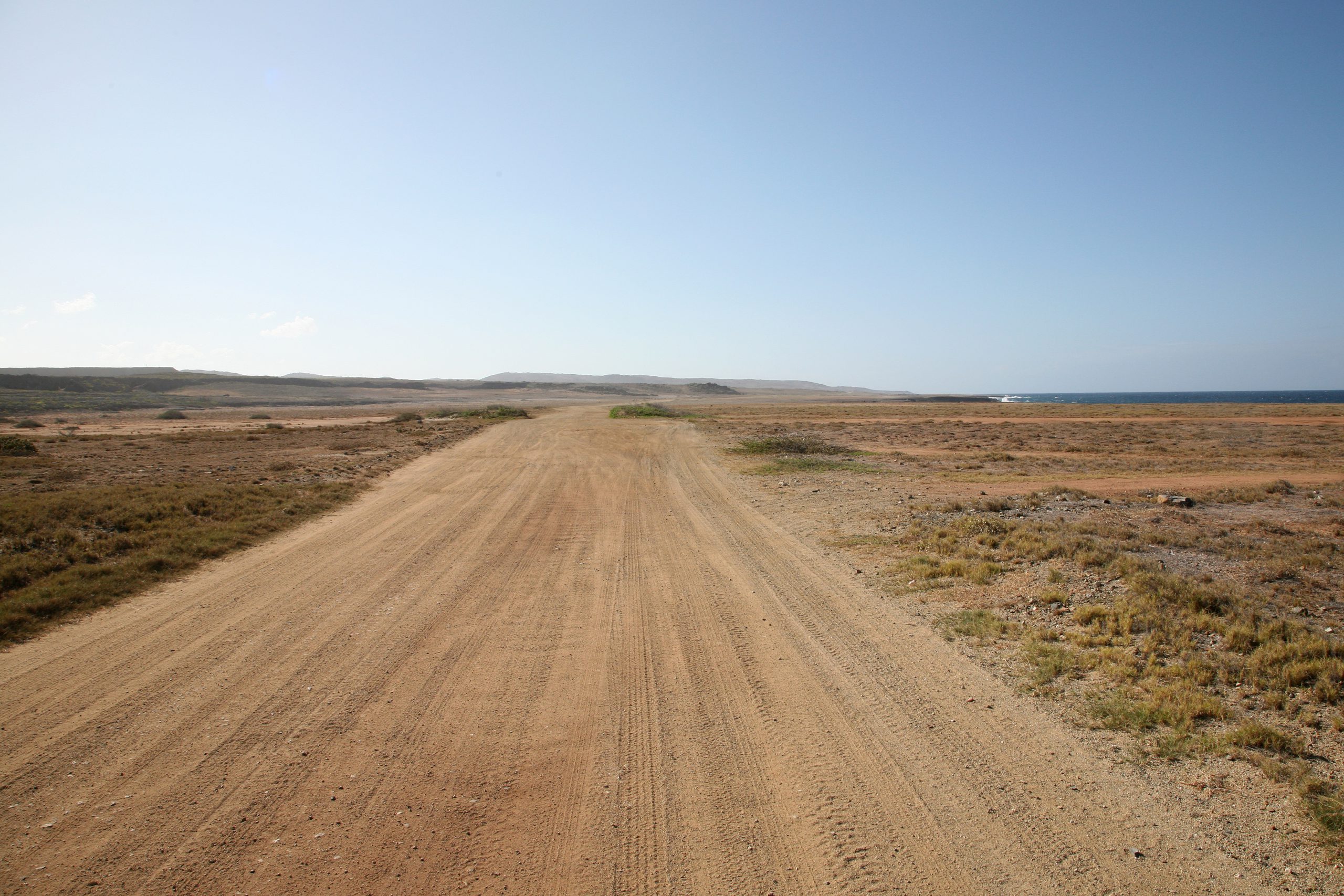On July 19, 2019 the Spatial Development Plan (SDP) Aruba was adopted. The SDP is a policy plan, comparable to, for instance, structure visions in the Netherlands. Where the SDP only provides general policy rules about the proposed spatial development, the SDPR (comparable to a zoning plan in the Netherlands) can provide binding rules at a detailed level.
The fact that the SDP is merely a policy plan is also confirmed in the National Ordinance for Spatial Development (A.B. 2006, no. 38) (“NSD”), in which it is noted that the SDP merely comprises the mainlines of the proposed development in Aruba as well as the main areas of the spatial policy to be pursued (Section 4 NSD). The NSD moreover confirms that the SDP serves as a general framework for the SDPR (Section 7 Subsection 3 NSD).
SDPR available for inspection
Effective from October 1, 2019 the SDPR is available for inspection. The SDPR consists of a zoning map that can even be viewed digitally, a document with a general description, explanatory notes and detailed rules with regard to the designated use, the layout, the development and the use of the territory of Aruba.
The said rules are applicable to everyone (official authorities, owners, leaseholders, tenants, etc.). When assessing an application for a building permit it shall be assessed whether the proposed building plan is in accordance with the SDPR. Should this not be the case then the building application shall be dismissed (in conformity with Section 22 of the Building and Housing Decree).
The SDPR is available for inspection from October 1 up to November 1, 2019 and can also be consulted via the website of the government. It is possible to submit standpoints to the Minister of Spatial Development, Infrastructure and the Environment up to December 1, 2019.
Consequences of SDPR
Although the SDPR contains transitional legislation in the sense that existing legal buildings can continue being used (even if this would be in violation of the SDPR) and undeveloped lots can continue being used in conformity with the existing legal use, the Minister can impose conditions on renewal, renovation or redevelopment of existing legal buildings or an adjusted use.
If someone incurs damages as a result of the SDPR, on account of the fact that the possibilities for use or development are limited, then this party may be allocated compensation (request for planning damages, Section 30 of the NSD). Please note that this kind of request must have been submitted within two years after the filing for inspection of the SDPR.
Submit standpoint
It is advisable to submit a standpoint to the SDPR if it limits the existing use or possibilities of development. This may result in expansion of the SDPR and it can, in any case, then not be relied on vis-à-vis the party who submitted the standpoint that the said party did not seize the possibility of limiting damages, which may be beneficial in planning damages proceedings.
Our office in Aruba is available to assist you in drafting and submitting a standpoint and makes the attached basic standpoint document available for this purpose free of charge.











